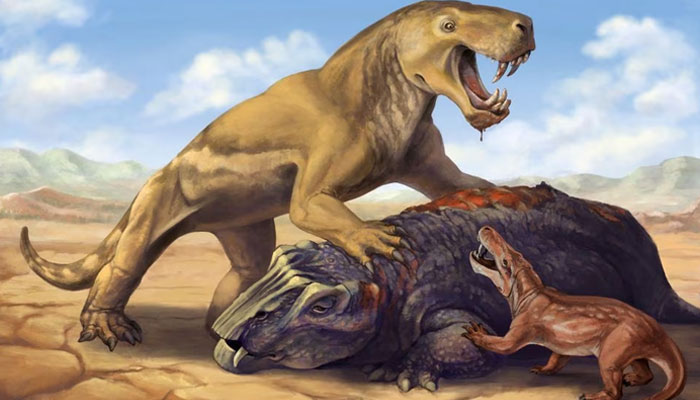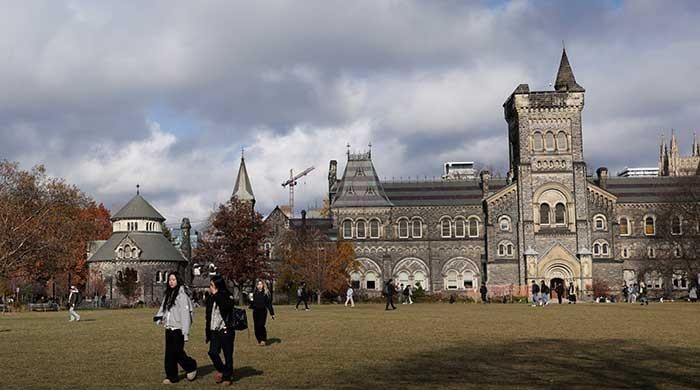Study reveals how an ancient beast failed to survive millions of years ago
"Inostrancevia and all of its closest relatives disappeared in the mass extinction called the Great Dying," says author
May 28, 2023

In a new revelation about the extinction of species from the earth roughly 252 million years ago, scientists said that the fossils excavated in South Africa provide insight into predators that over multiple generations migrated halfway around the world and ultimately failed to survive, reported Reuters.
It is believed that the mass extinction occurred due to global warming started after calamitous volcanism in Siberia and dooming perhaps 90% of species.
The extinction event that occurred even before the wiping out of dinosaurs — 66 million years ago — remained there for a longer time with species perishing one by one as conditions worsened.
This beast, a tiger-sized, sabre-toothed mammal forerunner called Inostrancevia, had been known only from fossils unearthed in Russia's northwestern corner bordering the Arctic Sea until new remains were discovered at a farm in central South Africa.
The research reveals that "the new fossils suggest that Inostrancevia left its place of origin and trekked over time — maybe hundreds or thousands of years — about 7,000 miles across Earth's ancient supercontinent Pangaea at a time when today's continents were united."
The findings of the research were published in the journal Current Biology.
The researchers noted that "Inostrancevia filled the ecological niche of a top predator in South Africa left vacant after four other species already had vanished."
Paleontologist Christian Kammerer of the North Carolina Museum of Natural Sciences and the lead author of the study said: "However, it did not survive long. Inostrancevia and all of its closest relatives disappeared in the mass extinction called the Great Dying."
"So, they have no living descendants, but they are a member of the larger group called synapsids, which includes mammals as living representatives," Kammerer added.
Inostrancevia is part of a collection of animals called protomammals that combine reptile-like and mammal-like features.
The research estimated that it was 10-13 feet (3-4 meters) long, roughly the size of a Siberian tiger, but with a proportionally larger and elongated skull as well as enormous, blade-like canine teeth.
"I suspect these animals primarily killed prey with their sabre-like canine fangs and either carved out chunks of meat with the serrated incisors or, if it was small enough, swallowed the prey whole," Kammerer said.
"Inostrancevia's body had an unusual posture typical of protomammals, not quite sprawling like a reptile or erect like a mammal but something in between, with sprawled forelimbs and mostly erect hind limbs. It also lacked the mammalian facial musculature and would not have produced milk," according to the scientists.
"Whether these animals were furry or not remains an open question," Kammerer said.
"They tend to take a relatively long time to mature and have few offspring. When ecosystems are disrupted and prey supplies are reduced or available habitat is limited, top predators are disproportionately affected," Kammerer said.
The researchers see similar conditions between the Permian crisis and today's human-induced climate change.
"The hardship these species faced was a direct result of a global-warming climate crisis, so they really had no choice but to adapt to it or go extinct. This is clear by evidence of their brief perseverance in spite of these conditions, but eventually, they disappeared one by one," said palaeontologist and study co-author Pia Viglietti of the Field Museum in Chicago.
"Unlike our Permian predecessors," Viglietti added, "we actually have the ability to do something to prevent this kind of ecosystem crisis from happening again."









